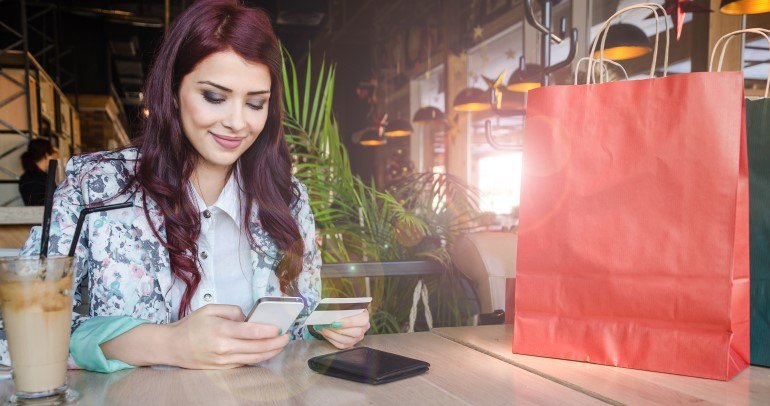
Nudging
Recently, I decided to stop putting off updating my iPhone and crossed my fingers that I wasn’t going to risk losing anything that was stored on there (fortunately, everything saved just fine). After my iPhone finished updating, something interesting happened. My iPhone informed me that, in order to finish the update, I needed to add a credit card into my mobile wallet.
I was surprised my phone asked me to do this, as it really wasn’t a requirement for a software update. Plus, I am still more comfortable using an actual card when making a purchase in a store. I did what most people may have done and selected to do it later. The very next day, a reminder popped up on my phone asking me to complete the phone update and add a card into my mobile wallet. Eventually, due to the reminder, I decided to bite the bullet and load my credit card into my phone. My curiosity was piqued since my phone informed me it would help me set it up. Now, even though I haven’t used it in a store yet, I’m tempted to try and make a purchase with my mobile wallet just to see what the experience is like.
Altering Consumers’ Behavior
Thinking about my iPhone update experience, it’s actually a creative way to get consumers to change or try something new. In the behavioral economics world, this is considered a “nudge.” A nudge is described as a way to alter a consumer’s behavior in a predictable way without forbidding any options or significantly changing their economic incentives. This intervention must also be easy and inexpensive (you can learn more from the book NUDGE). Another example of a “nudge” is automatically enrolling people in a program such as a 401k or organ donation, with the option of opting out (instead of the other way around). Doing this increases participation rates without actually forcing anyone to join. Adding calorie content on menus is another example of a nudge, in which some people may be driven towards lower calorie options they may not have previously considered.
What does this all mean and how does it apply to market research?
When introducing a new product or service, it can be challenging to build awareness and get consumers to try something. With my mobile wallet example, I had heard about mobile wallet for quite a while, but never moved forward with it over concerns about security and usability. Perhaps, I needed just a gentle “nudge” in the right direction.
When conducting research, you shouldn’t simply ask why someone is using a particular product or service, or what got them to start. You should also consider the settings surrounding that event. By probing further into behavioral triggers, you can identify new ways to increase awareness or usage.
Asking the Right Questions
Let’s say we are working for a bank trying to increase mobile app usage. Just asking someone “why they signed-up” or “what would make them sign-up” may not provide the full answer. Common responses may be “an incentive” or “I’m not interested”, which are not very helpful. To understand if a nudge could take place (or has already taken place), you need to understand what happened when current users became aware or started using the app. For example, ask questions that capture the various steps that an individual took:
- How did you first learn about the app?
- Where were you when you signed up or started using the app?
- Were you with anyone?
By understanding and re-creating the circumstances around the event, you may identify similarities around those who have already become aware of, or have started using, the app. You can then leverage those similarities to help “nudge” non-users and potentially increase mobile app usage.
When it comes to nudging, my iPhone update experience was a deliberate attempt to change my behavior and to get me to use mobile wallet. Nudges happen all the time and, in most cases, consumers do not even realize it is happening!
Businesses are always looking for ways to focus your attention somewhere, or get you to do something, all while feeling that you are acting completely on your own choice. In the restaurant example, patrons feel they have free will to order what they want without realizing the calories listed on the menu are meant to nudge them to healthier alternatives.
As a researcher, understanding nudges is important because consumers are motivated all the time by things they do not consciously realize and, as a result, would not be able to tell you about it if asked directly. Who knows…thanks to that reminder I received, maybe I’ll become a mobile wallet user after all!
If you have questions or would like to learn more, click below to send us a note.









